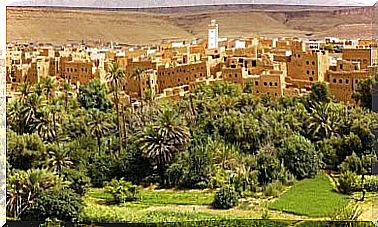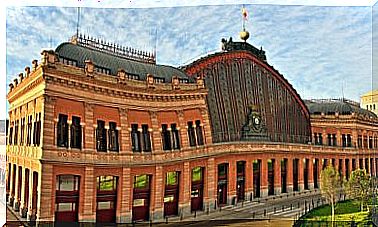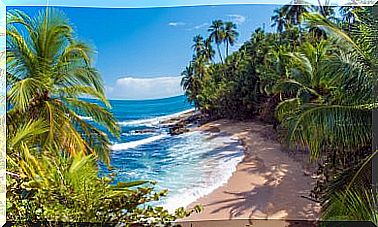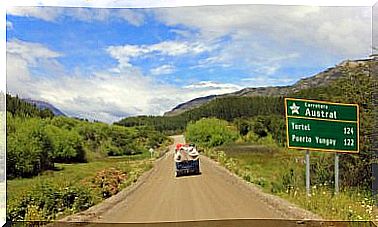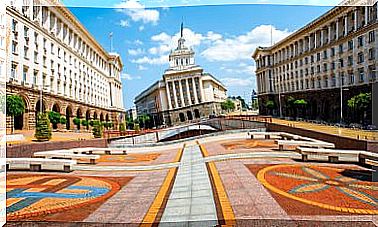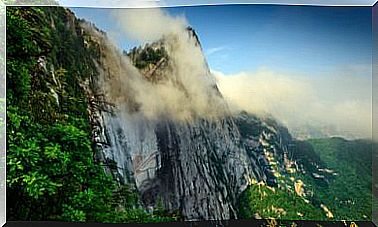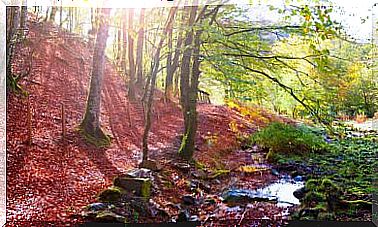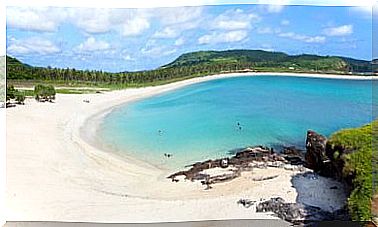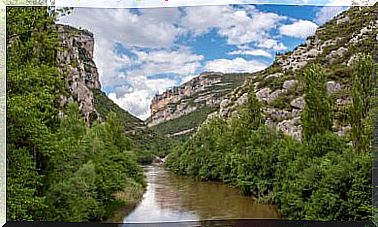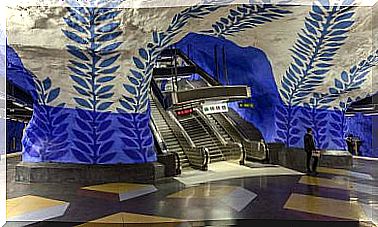Sveti Stefan: A Fortified Village From The 15th Century
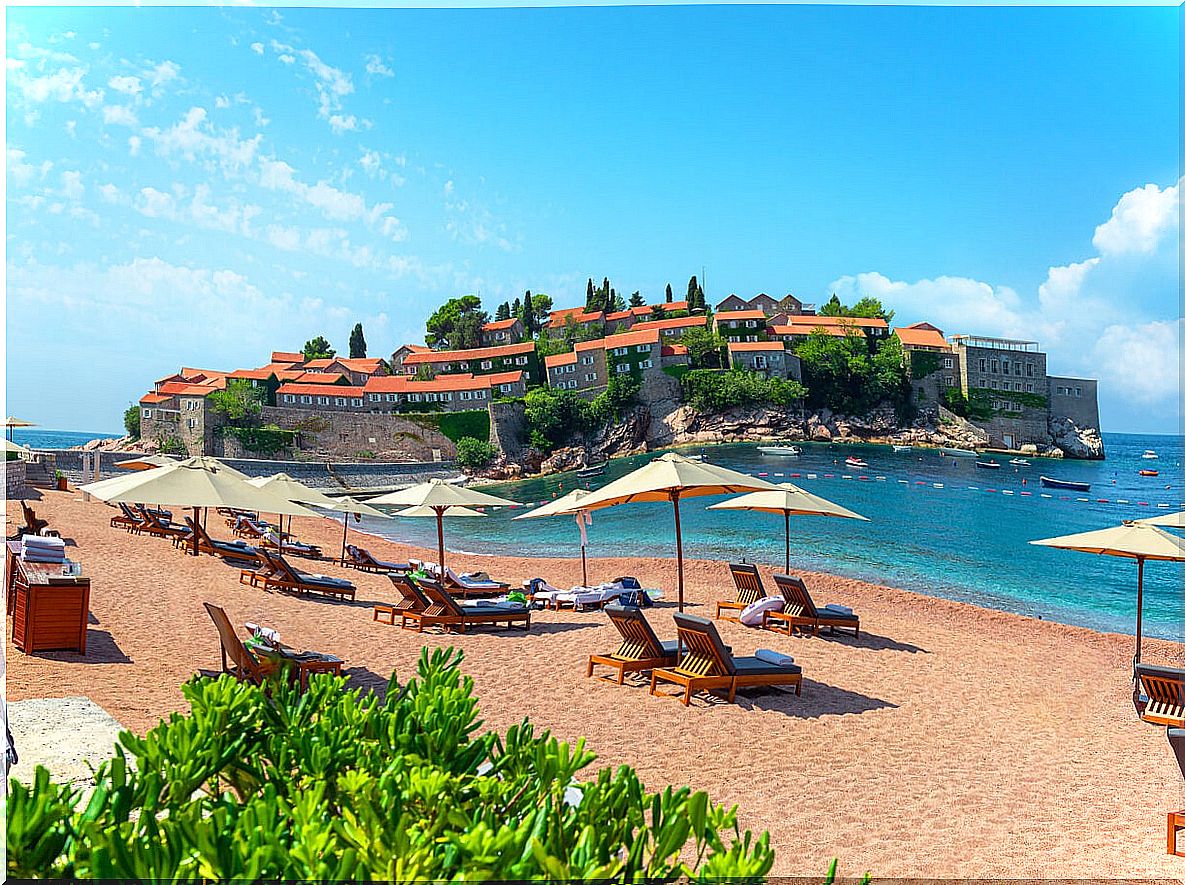
The small island of Sveti Stefan, better known as the “Pearl of the Balkans”, is undoubtedly a luxury destination. Its hotel complex mixes the fascination of yesteryear with modern glamor .
This island is located in Montenegro, a nation located in southern Europe, on the Balkan Peninsula, with coasts on the Adriatic Sea. It is a place of mountainous landscapes with towns of medieval architecture, coastal towns and dense forests.
Sveti Stefan is a town that belongs to the Budva municipality and that evolved from a small community of fishermen since the 15th century. The village still maintains the original picturesque houses, made of stone with red roofs.
The origin of Sveti Stefan
The first allusion to Sveti Stefan dates from 1442, when it was described as a fort near the coast. It was from this place that Paštrovići managed to contain the offensive forces led by Esteban Vukčić Kosača.
Such fortifications were erected after the constant looting of the town of Sveti Stefan. Despite this, the place was razed during the confrontation known as the Fourth Turkish-Venetian War. Then the Republic of Venice rebuilt the town in the 16th century.
Although in its beginnings the island was only inhabited by a few families, by the 19th century more than 400 people resided there. Villa Miločer, a summer residence for Queen Maria Karadordevic of Yugoslavia , was built in 1934.
Some history of this place
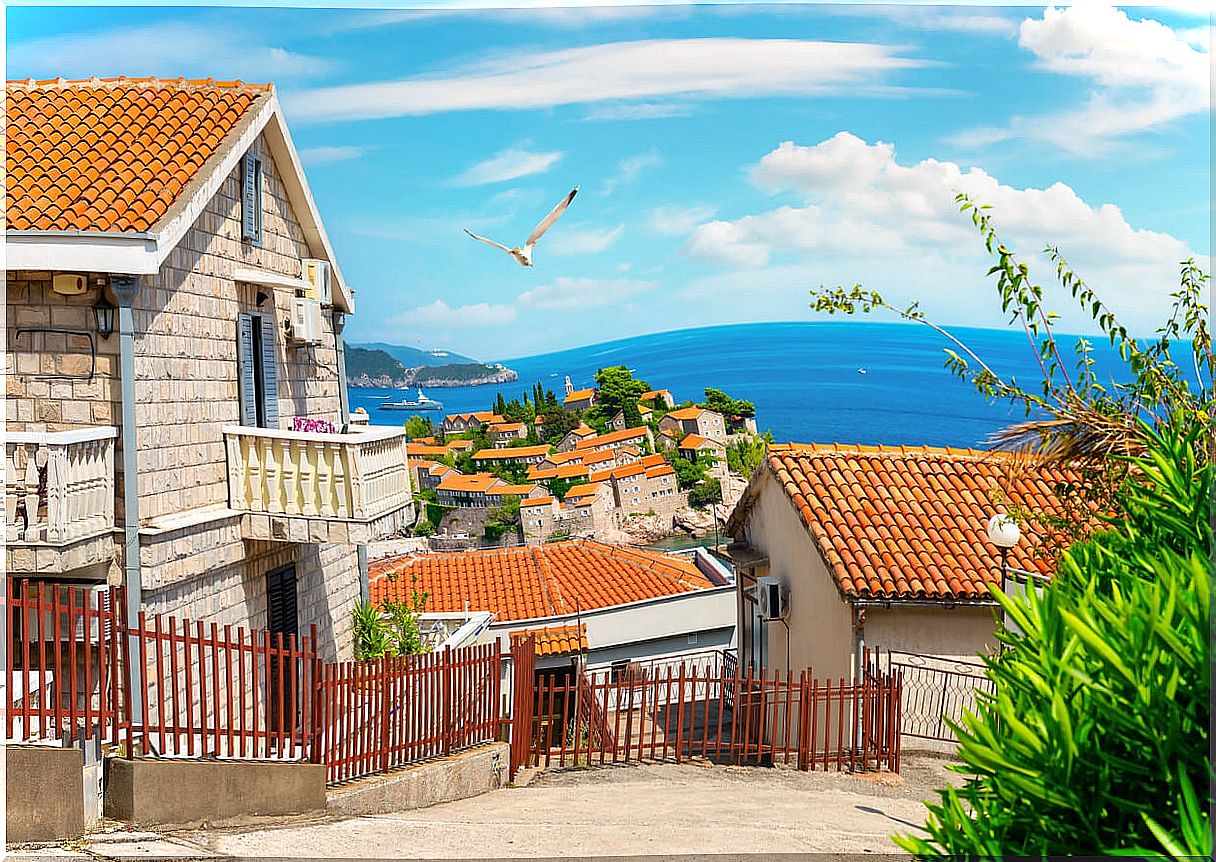
During the 1950s, the population that lived in Sveti Stefan was expelled to build the most exclusive luxury hotel in Montenegro. In the sixties and by decision of Marshal Tito, Sveti Stefan was transformed into a sophisticated hotel complex.
It is from this decade that the place became a destination for celebrities from around the world. The exterior architecture of the town, together with the facades of its houses, has been kept in its original form. However, its interiors have been adapted to provide the greatest comfort that an exclusive hotel can offer.
Of the 4 churches that existed in the town, one was converted into a casino ; By the 1970s, the place was very popular with elites of all walks of life. There were political meetings and exclusive cultural shows.
Sveti Stefan after the Yugoslav dissolution
After the dissolution of the Yugoslav country in 1990, the hotel complex began to decline. After Montenegro became independent in 2006, the government launched a crusade to restore the island’s former splendor.
Subsequently, the complex was acquired that same year by Aman Resorts, a powerful global hotel group. Sveti Stefan remodeling work began in 2008 and ended a year later.
Eventually, the island regained the status it had once had. Today it remains a destination for many celebrities around the world. Since 2010, the hotel complex has been receiving an increasing number of visitors seeking luxury and sun, which has reactivated the local economy.
The hotel complex
Behind the impressive walls, its cobbled staircases and narrow streets, you enter the old houses, in which the rooms are now elegant suites. Within the hotel complex, a gigantic 1600-square-meter spa stands out, as well as 6 villas.
The spa has a wide range of services, including both body and facial treatments. For this they have a catalog with more than 600 plants for treatments and various massage areas.
It also has Turkish baths, 3 swimming pools, 2 kilometers of pink sand beach and a spacious yoga room. Most of the activities take place with a spectacular view of the Adriatic Sea.
The area corresponding to Villa Milocer has forests of cedar, pine and olive trees, as well as several luxurious suites. All of them have panoramic views towards the mountains or, if you prefer, towards the sea.
A busy place
Montenegro is very crowded throughout the year, especially by European youth who enjoy the numerous offer of cultural activities. This includes, among others, the Kotor Carnival, along with a diversity of dances and spectacular mask parades.
During the summer, in Budva you can enjoy the local Music Festival, considered the most prestigious in the entire Adriatic. In the same way, there is the possibility of tasting its wonderful gastronomy, which is very varied.
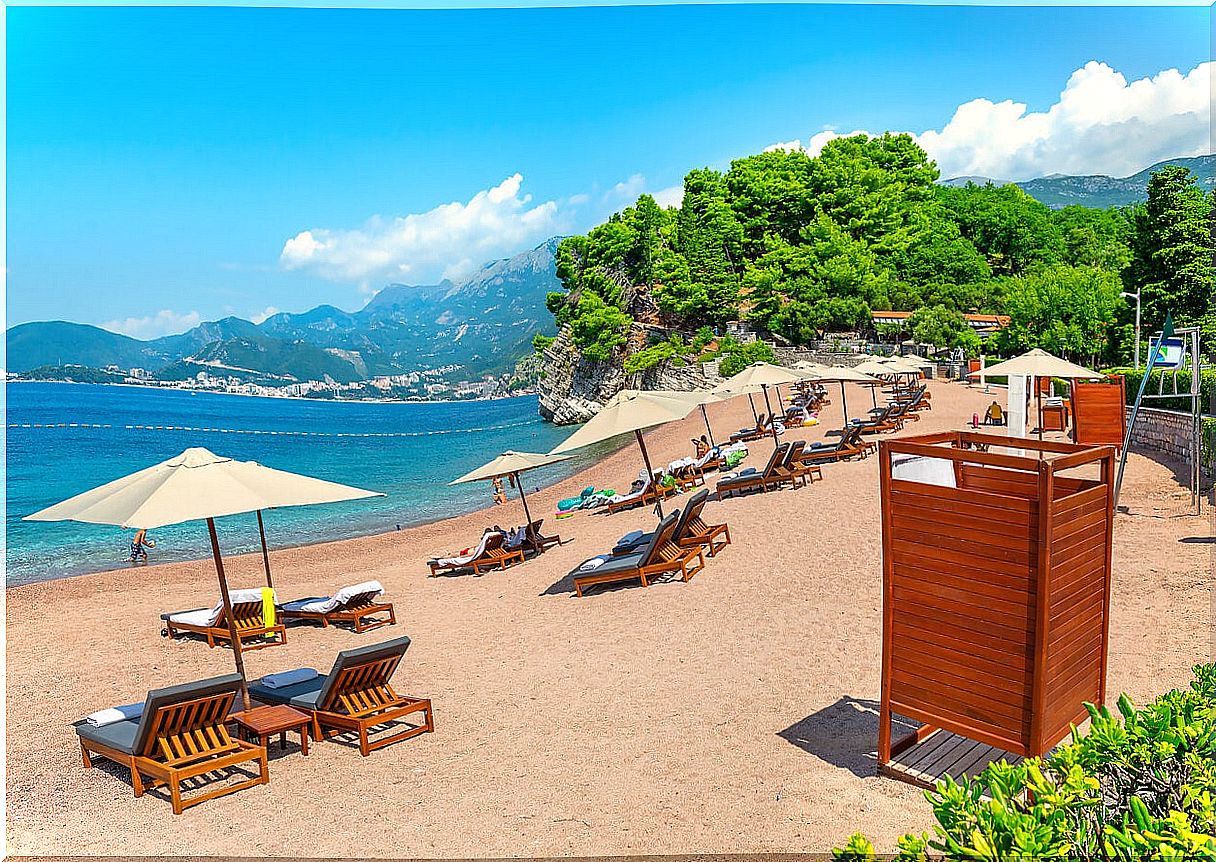
In this sense, its flagship dish known as sarma stands out , a kind of goat cheese that contains a chicken filling with honey. Additionally, a whole list of fish with multiple preparations and presentations.
There are also gourmet and international restaurants and old-fashioned taverns. If you have the possibility to pass through Podgorica, which is the capital of Montenegro, it is worth trying the famous pork chops covered with smoked ham and cheese.
Additional activities at Sveti Stefan
Along the beaches of Sveti Stefan there are rows of elegant umbrellas where bathers can protect themselves from the sun. Additionally, the island is practically an ornithological reserve where you can see countless species of birds that go to Lake Shkodra.
On the other hand, it is possible to do bicycle tours along an infinity of paths or go sailing. Likewise, you can enjoy the most spectacular sunsets in this haven of peace.
Sveti Stefan has a pleasant climate throughout the year, little rainfall and an average temperature of 22 ° C. It is worth clarifying that, although Sveti Stefan is a luxurious and expensive destination, it also has more affordable accommodation in aparthotels, villas and various hotels.

